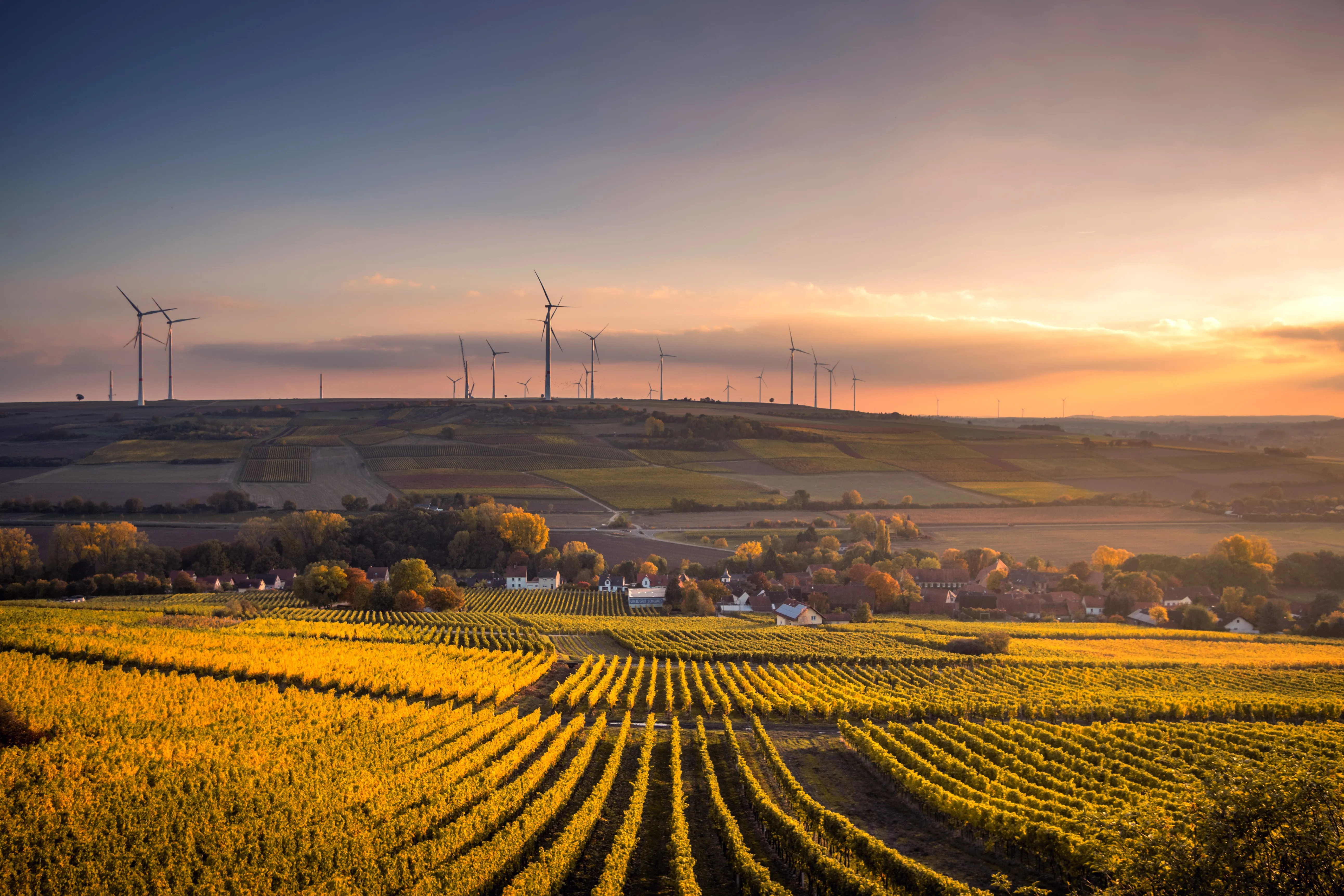Building a Renewable Energy Plan for Your Farm
Step into the future of farming with 'Building a Renewable Energy Plan for Your Farm' from Vriksha Farms. This blog post is a must-read for farmers looking to integrate renewable energy into their agricultural practices. Learn about the benefits of solar, wind, and biogas technologies, and understand the environmental impacts these energy sources have on farms. Get valuable insights into creating a comprehensive and effective renewable energy strategy, ensuring your farm is aligned with sustainable and eco-friendly practices for the long term.

Introduction
As the agricultural sector leans towards sustainability, crafting a comprehensive renewable energy plan has become crucial for modern farms. Vriksha Farms, known for its commitment to responsible agroforestry and sustainable farming practices, underscores the importance of a structured approach to integrating renewable energy on farms. This blog post aims to guide farmers in building an effective renewable energy plan, considering the unique needs and capabilities of their operations.
Understanding the Need for a Renewable Energy Plan
- Aligning with Sustainable Goals
A renewable energy plan helps align farm operations with sustainability goals, reducing reliance on non-renewable resources and minimizing environmental impact.
- Enhancing Farm Efficiency and Productivity
Implementing renewable energy can lead to increased efficiency and productivity on the farm, ultimately contributing to a better return on investment (ROI) and long-term viability.
Steps to Building a Renewable Energy Plan
- Assessing Energy Needs
Start by assessing the farm's current energy usage and future needs. This will determine the scale and type of renewable energy solutions required.
- Identifying Suitable Renewable Energy Sources
Consider various renewable energy sources like solar, wind, and biomass, and identify which are most feasible and beneficial for the farm's specific context.
- Analyzing Cost and ROI
Evaluate the costs involved in implementing renewable energy solutions and project the potential ROI. This includes considering long-term savings on energy bills and possible income from excess energy production.
- Exploring Funding and Incentives
Research available grants, subsidies, and incentives that can help offset the initial costs of transitioning to renewable energy.
Incorporating Renewable Energy into Farm Operations
- Phased Implementation
Consider a phased approach to implementing renewable energy solutions, starting with smaller projects and gradually scaling up.
- Combining Different Energy Sources
A mixed approach, combining solar, wind, and other renewable sources, can offer more reliability and efficiency.
- Training and Skill Development
Ensure that farm staff are trained and knowledgeable about the new systems. This might involve participating in workshops or collaborating with renewable energy experts.
Vriksha Farms: A Model in Renewable Energy Integration
- Demonstrating Practical Applications
Vriksha Farms showcases practical applications of renewable energy in its farmland projects, serving as a model for sustainable and efficient farm management.
- Supporting Farmers in Transition
The company provides support and resources to farmers, helping them navigate the challenges of adopting renewable energy and ensuring successful implementation.
Conclusion
Building a renewable energy plan is a vital step for farms aiming to be sustainable and economically viable. By carefully assessing needs, exploring various energy sources, and planning for the long term, farmers can effectively integrate renewable energy into their operations. Vriksha Farms leads the way in this endeavor, demonstrating the feasibility and benefits of renewable energy in agriculture.
